

Advaita Vedanta
Advaita Vedanta
Advaita is a Sanskrit word that translates as “not two” or “no second.” This gives the idea that the inner Self, or Atman, is the same as the Absolute Reality, which is Brahman. In Advaita Vedanta, Veda, “Knowledge,” and anta , meaning “end” or “goal” is non-dualism based on the Vedas, the ancient Hindu texts, specifically the Upanishads.
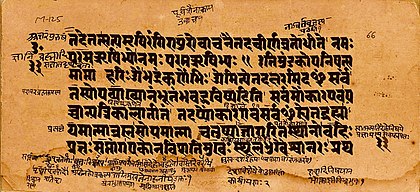



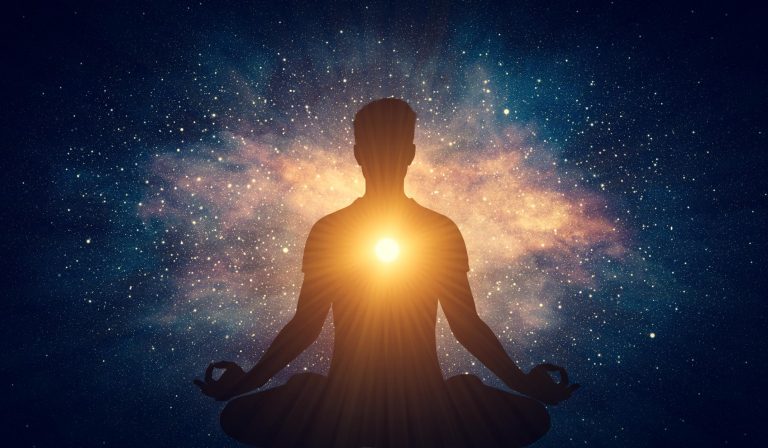
Advaita Vedanta
Advaita Vedanta is a sub school of Vedanta, which itself is one of six orthodox schools of Hindu teachings. Advaita is one of the two oldest of the schools of Vedanta, having been formed around the eighth century. What distinguishes Advaita from other forms of Vedanta is the belief that the Self or Soul (Atman) is identical to Brahman. Knowledge of this ONEness of Atman and Brahman is full awareness. Advaita Vedanta also believes that this realization of Brahman is attainable while still living on Earth.
Like other schools of Vedanta, Advaita recognizes the three Hindu texts that comprise the "Prasthanatrayi": the Vedas (particularly the Upanishads), the Bhagavad Gita and the Brahma Sutras.
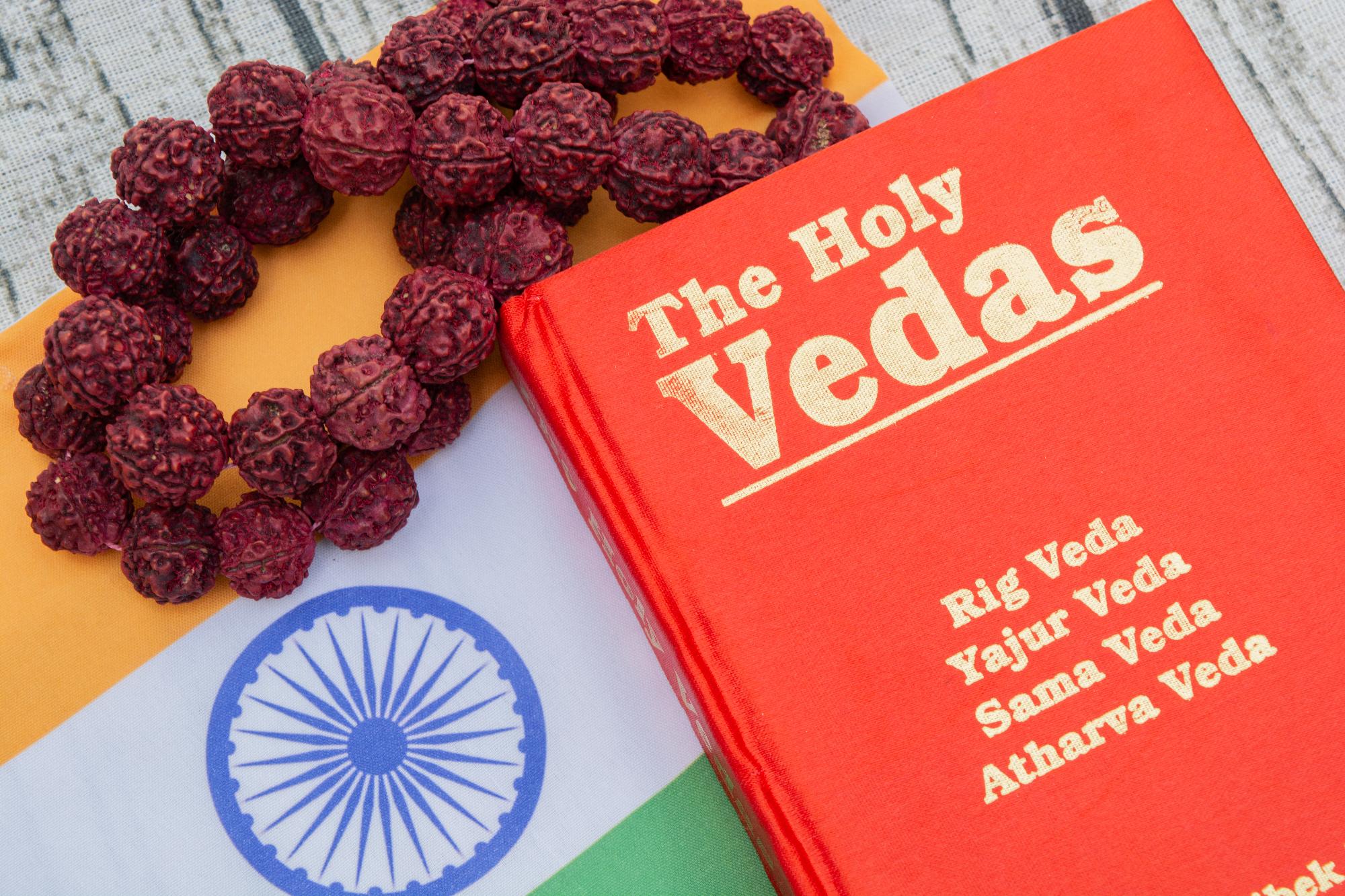
Vedas
The Sanskrit word, Veda, means "knowledge." The Vedas are also referred to by some as sruti literature, meaning “what is heard,” as opposed to other sacred smrti texts, meaning “what is remembered." In this way, they are considered to be the direct word of the Divine.
Orthodox schools of Indian philosophy take the Vedas as their spiritual authority. Other schools may not accept them as the authority, but still teach ideas that are expressed in the Vedas, such as the concept of karma.
The four books, or texts, of the Vedas are the "Rig Veda" (which is the oldest), the "Yajur Veda," the "Sama Veda" and the "Atharva Veda." They contain four types of text:
- The Samhitas - Mantras and hymns for chanting
- The Arankayas - Details of rituals and ceremonies for liturgy
- The Brahmanas - Commentaries on rituals and ceremonies
- The Upanishads - Discussion of meditation, philosophy, and spiritual knowledge
The underlying teaching of the Vedas is the concept that the individual is not an independent entity, but, rather, a part of the Universal Consciousness.
What are the four Vedas?
The Vedas are considered to be the most ancient Hindu texts in the world. Written in Sanskrit around 3000 B.C.E., these scriptures are brimming with yogic wisdom. They contain hymns dedicated to Hindu deities, famous mantras such as the Gayatri mantra, various chants and songs of devotion, and even incantations. The four Vedas are known as the "Rig Veda," the "Yajur Veda," the "SamaVeda" and the "Atharva Veda."

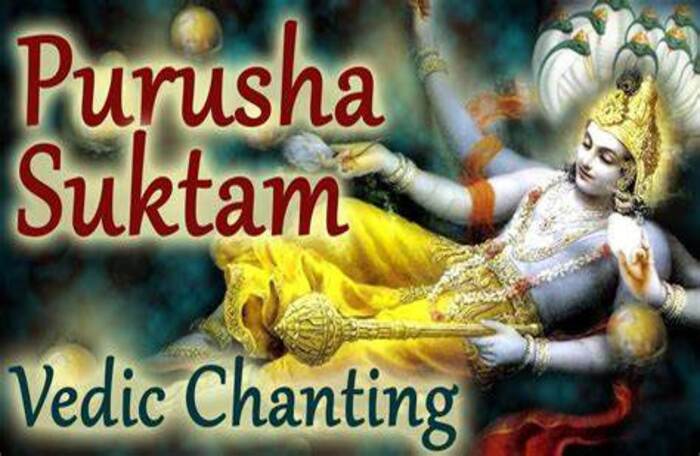
Rig Veda
The first Veda, the "Rig Veda," is the oldest scripture written. Scholars deem this one to be the most important and modern-day yoga scholars refer to it more than any of the others. It’s comprised of 10 books, or mandalas, that contain more than 1,000 hymns of devotion to the various Hindu deities. There is a famous prayer in this Veda called the Purusha Shukta as well as the beloved Gayatri Mantra. The "Rig Veda" is a holy book of mantras.
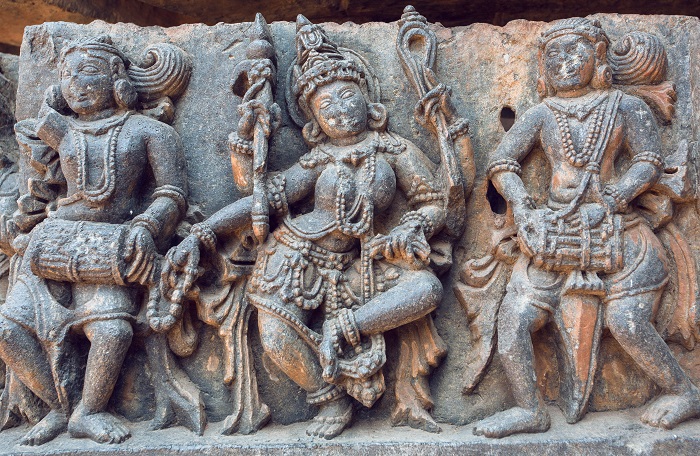
Yajur Veda
The "Yajur Veda" is more of a guidebook for priests and contains rituals and ceremonial instructions. It is said to be similar to an ancient Egyptian text called the "Book of the Dead." Priests would use this guidebook in ceremonial sacrifices. This Veda is made up of two parts: the “black” and the “white.” You can think of the "Yajur Veda" as a book of rituals.
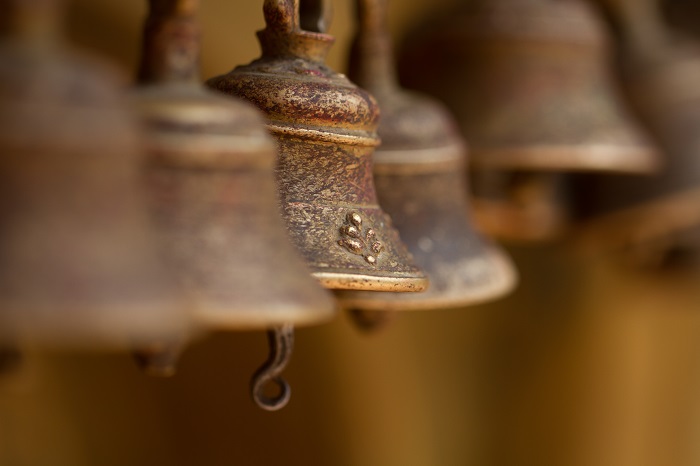
Sama Veda
The "Sama Veda" is essentially a book of chants and songs which were sung during ceremonial sacrifices and various rituals of worship. All the melodies in this particular book actually come from the "Rig Veda."
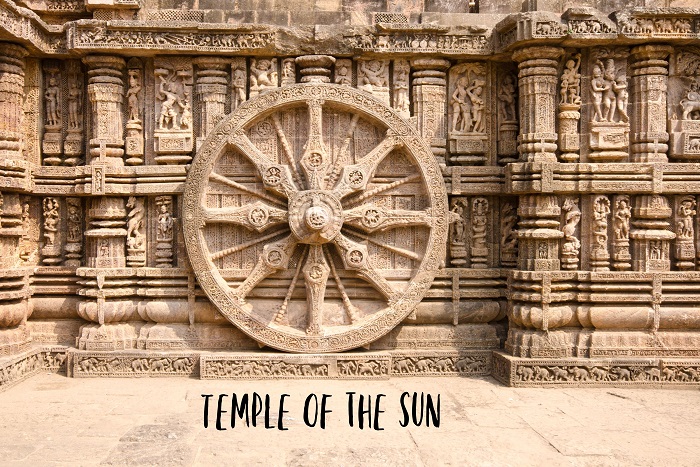
Atharva Veda
Last, we have the "Atharva Veda," which includes all the incantations, spells and charms once used. It has a different feel to it than the other three Vedas and is sometimes considered to have its own spirit – making it unique in its own way. The Atharva Veda is said to represent a good picture of what Vedic life was all about long ago.

